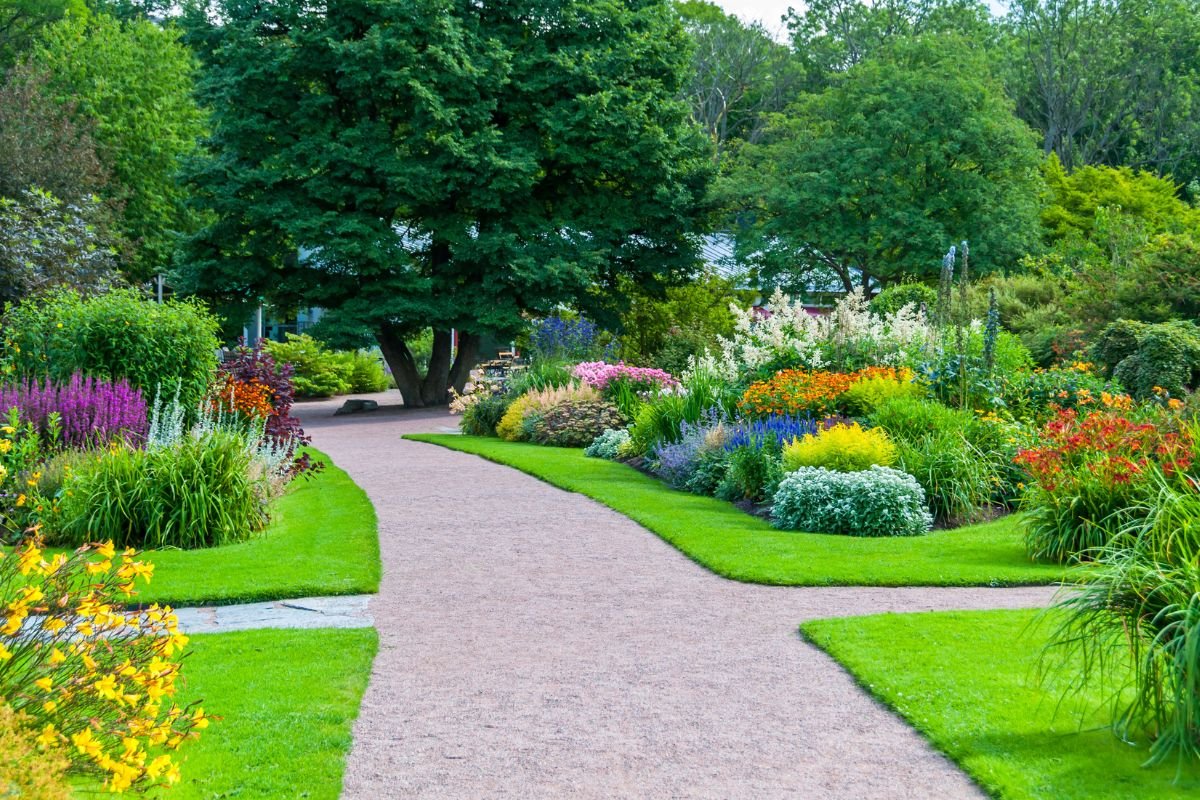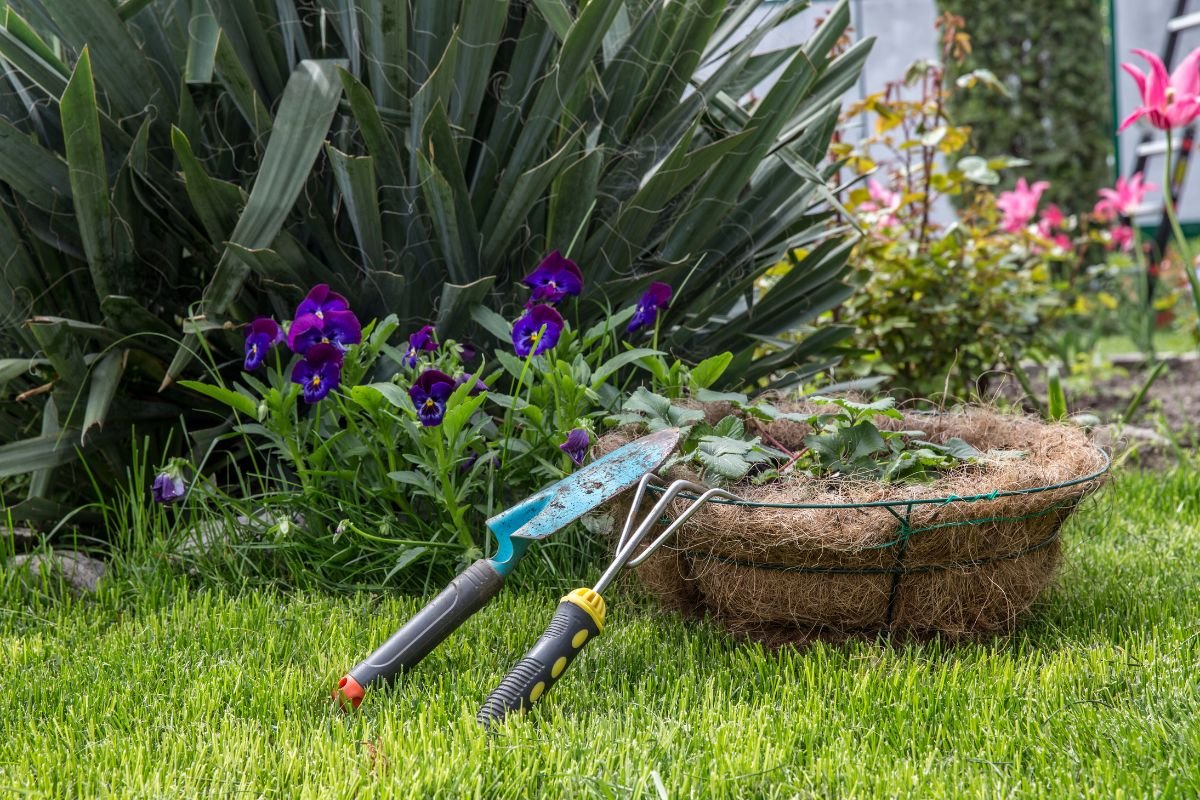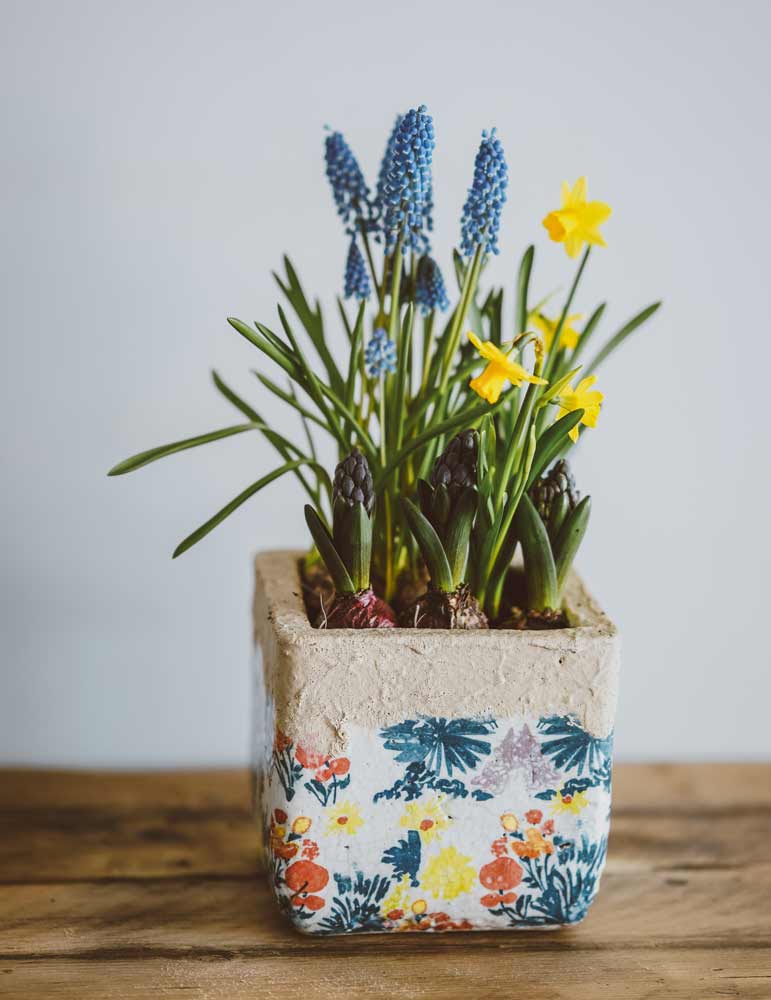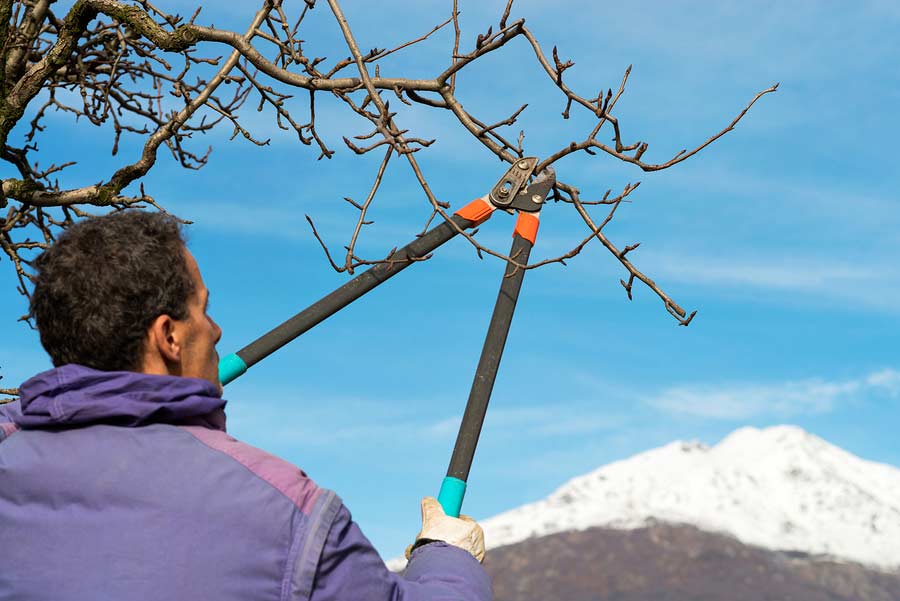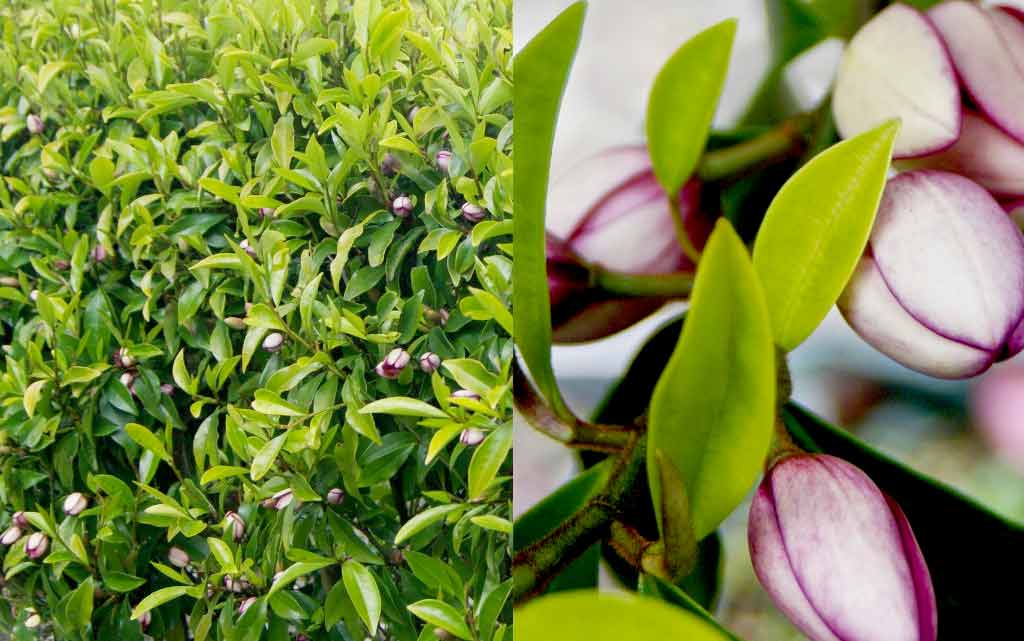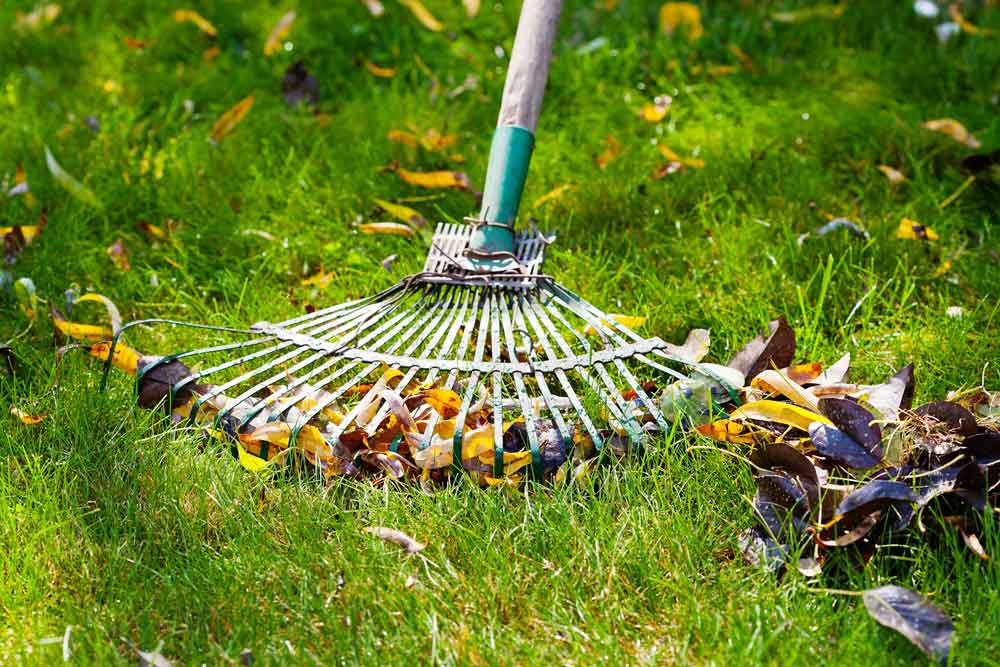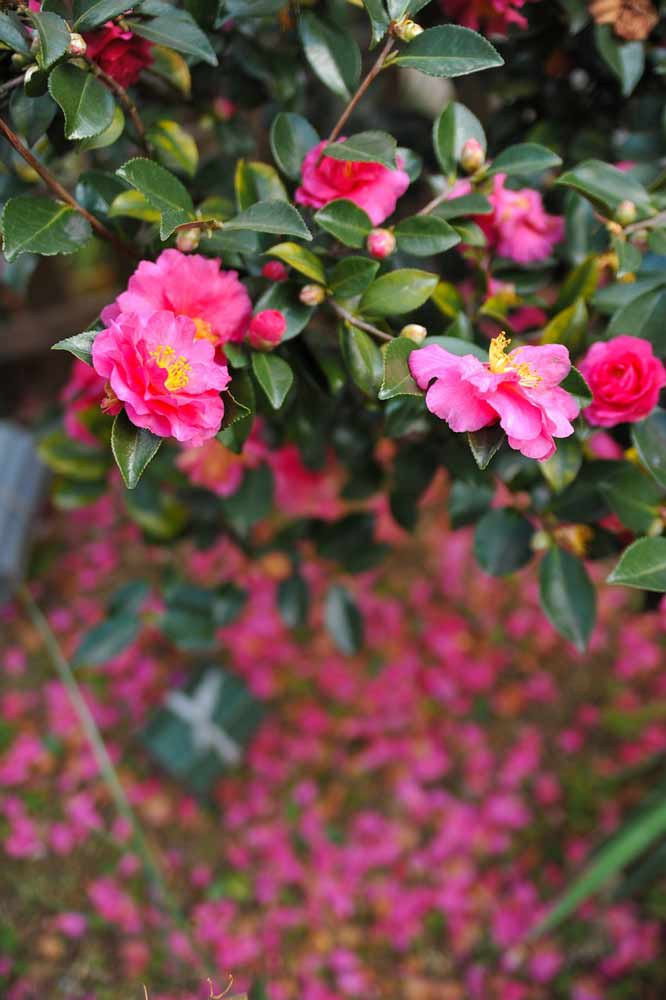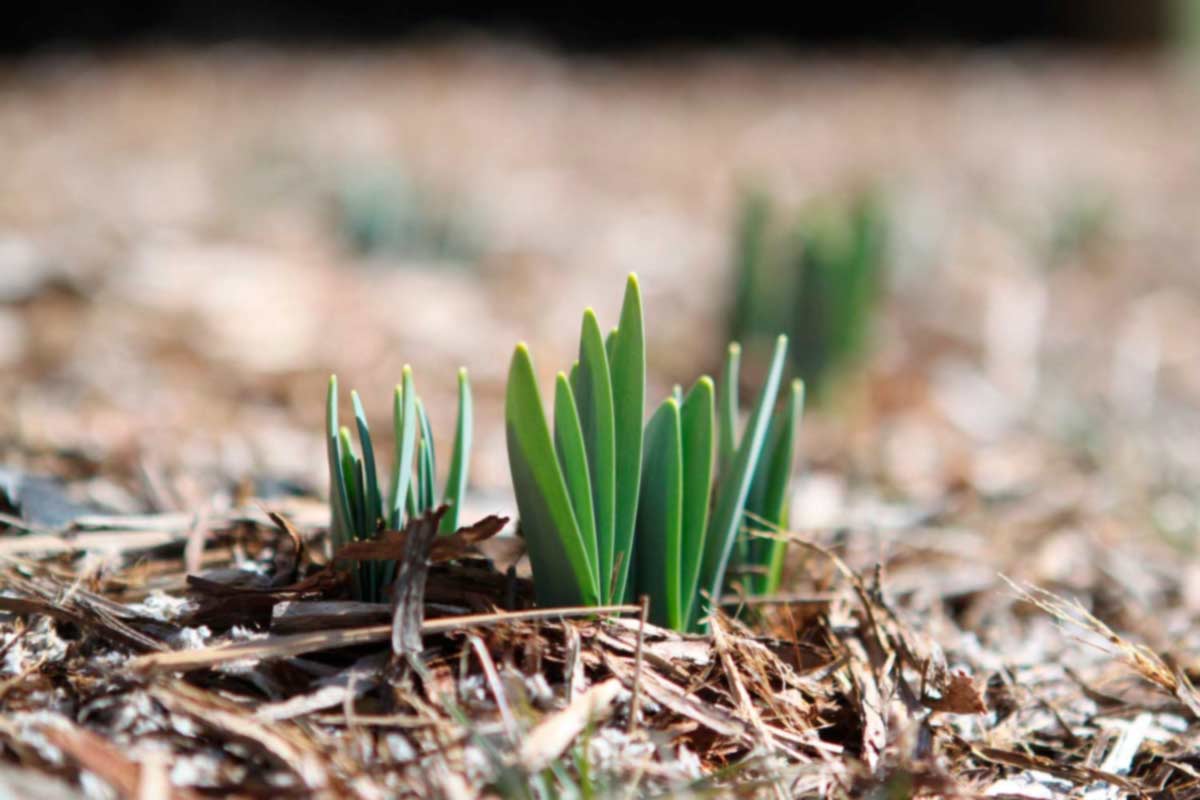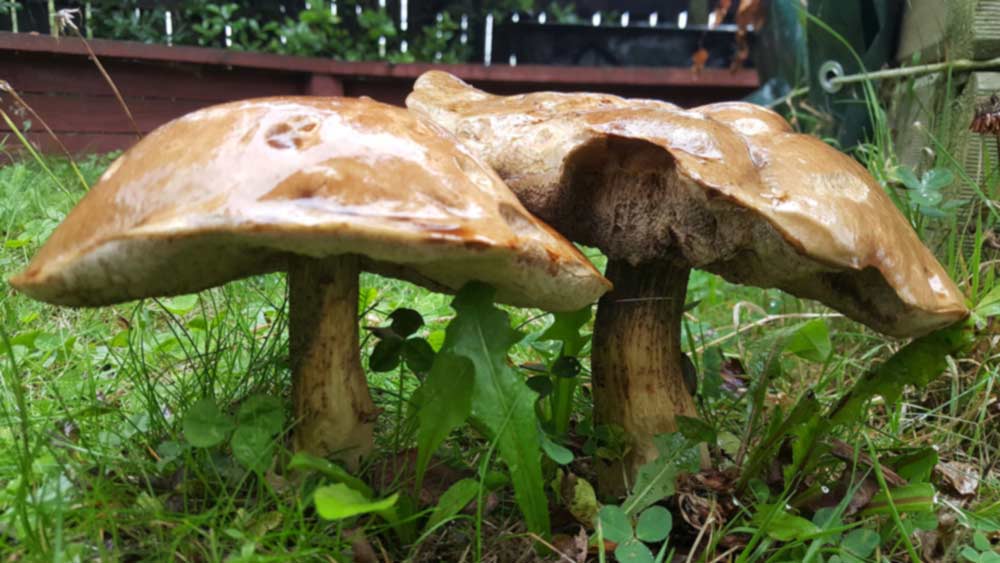Because trees take such a long time to grow, deciding whether to cut one down or trim it can be a tough call. There could be advantages and disadvantages for both situations, but what if you don’t make the right decision? You may have cut down a tree for no reason.
Before you go ahead with tree cutting or tree pruning, think of the following points. They may help you to make a decision quickly!
Why Undertake Tree Pruning?
There are many reasons why you would decide to prune your tree, and knowing how tree pruning can solve problems may stop you from hiring tree cutting services. There are three main reasons for pruning: tree health, aesthetics, and safety. You may like to trim branches if they look terrible or you want to benefit from better fruit yields.
You may also like to prune your trees if the branches are damaged, cracked, or don’t look safe. In this case, you have to ascertain whether the damage is severe enough to consider tree cutting as opposed to only tree pruning.
Finally, tree pruning is beneficial for the health of your tree. It encourages growth, removes dead and dying branches, and can end up being the more suitable option – instead of having to call someone to come cut it down!
When Should You Undertake Tree Pruning?
If you have decided that tree pruning is far better than having to cut your tree down, then you will want to know when the best time of year is. However, that can depend on the type of tree you have.
Winter tends to be an excellent time to trim trees as they are dormant and don’t have new growth. In summer, pruning can slow down unwanted growth, while helping you to identify problem branches as well. Autumn tends to be less suitable as trees heal slowly and can succumb to air-borne fungi. If you decide to prune in spring, wait until the flowers begin to lose color or structure.
Why Insist on Tree Cutting?
Knowing how much good you can achieve by pruning your trees, why should you still go ahead with tree cutting? There are many reasons why tree cutting is a better option than getting out the secateurs and giving your tree a haircut.
1. Disease
Trees can succumb to all types of illnesses – some that you can’t fix through tree pruning and removing diseased branches. A sick tree is a dangerous tree, as it’s not as strong as a healthy one and can spread its disease to other trees as well. The best thing you can do is chop it down. Ask for expert help on how to achieve this safely.
2. Danger
Trees don’t always grow how you want them to. Some end up on precarious angles which can be dangerous in the wind, while others end up too close to your personal property, power lines, or neighbouring properties. If tree pruning cannot rectify the problem and remove the hazard, removing the tree is the best option.
Left untended, tree branches can cause damage to people, property or power lines.
3. It’s Not Thriving
If you plant several trees and they grow up together, you may find that they are fighting for their share of nutrients, sun, and water. Unfortunately, there is going to be a loser in this situation. You can remove a healthy tree to let the smallest one access what it needs, or you can remove the one that’s not thriving.
4. Shade
While trees can add so much beauty to your backyard, they can also create just a little bit too much shade. Shade can cause mould and dampness, and can even create the right conditions moss to grow and spread as well. If you have other trees in your yard that are less of a problem, you may wish to chop the troublesome one down and focus on the others.
5. Wood
Trees have many benefits. They offset our carbon footprint, improve our mental wellbeing, and brighten up any public park as well. However, they also provide us with wood for building and burning. If you want to stock up on winter firewood or you need supplies for woodwork, then you would go down the tree cutting route instead of tree pruning – as it’s serving a purpose.
Safety
Whether you decide to cut down your tree or only prune it, make sure you are up to the task. Even tree pruning can be labour-intensive, so you may find that calling in the tree experts may be the best option. The same rule applies to tree cutting. If you don’t own the correct safety gear or a chainsaw, you may find that hiring someone with the right tools and experience can make for a successful tree cutting exercise.
Knowing whether to trim or cut your tree down can be a personal choice. Believe it or not, in some cases it can also be an emotional one. Weigh up the pros and cons and find out whether pruning can solve your problems or whether tree cutting is the best and final solution.





















